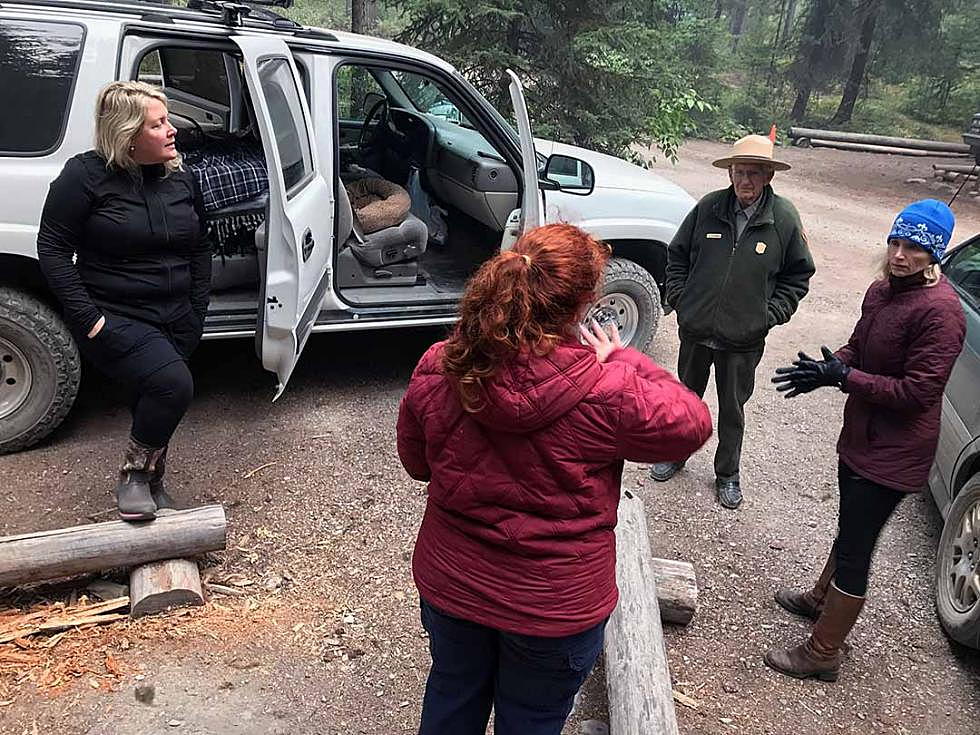
UM study: National park fee increases would hurt gateway communities
Bumping the price of a pass into Montana's two national parks would have a negative effect on the surrounding communities, a new study released by the University of Montana suggests.
Issued Wednesday by the Institute for Tourism and Recreation Research at UM, the study found that increasing the price of a seven-day pass from $30 to $70 could cost the gateway communities at Yellowstone National Park more than $3.4 million alone.
“As with most goods or services in our economy, a price increase leads to a decrease in demand,” said Jeremy Sage, the ITRR study’s lead author. “In the case of a national park, this means a reduction in the number of visits.”
The U.S. Department of the Interior, headed by former Montana Rep. Ryan Zinke, is looking to increase fees in 17 of America's most-visited national parks. The agency said the increase would help fill an $11.3 billion backlog in deferred maintenance.
For many of the parks, including Glacier and Yellowstone, the fee increase would more than double a seven-day vehicle pass during the parks' peak season. The National Park Service expects to see a 34 percent increase in funding, or $69 million, over last year's revenues.
While that would help the National Park Service tackle maintenance needs, it could also cripple surrounding communities that depend on park tourism.
According to the new study, for every 10 percent increase in travel costs – including entrance fees and fuel costs – the number of monthly visits to a park declines by 2.7 percent when all other factors are constant.
An annual loss of $3.4 million in spending in Yellowstone’s gateway communities would result from just the change in the price of a seven-day vehicle pass, the study said.
“The effect of the price change is disproportionately felt by local visitors from Idaho, Montana and Wyoming,” Sage said. “They would see an increase of nearly 38 percent with the new fees. This obviously has a potential to create a significant hardship for many families in the local area.”
The price changes mostly will affect the local communities. U.S. citizens outside the area and Canadians would see an average change of 14 percent and international visitors would face an average increase of only 1 percent, the study said.
“The effects shown in our assessment of Yellowstone likely carry over to the other parks and gateway communities as well,” Sage said. “We only assess the seven-day vehicle pass, but changes are proposed to the motorcycle pass, the per-person pass and the park-specific pass. All should be expected to reduce visits and thus have a negative impact on local communities.”
Sen. Jon Tester, D-Montana, has blasted the proposed fee increases while Sen. Steve Daines has not yet announced his position. Daines did lobby for and win an extension of the public comment period allotted for the issue.
